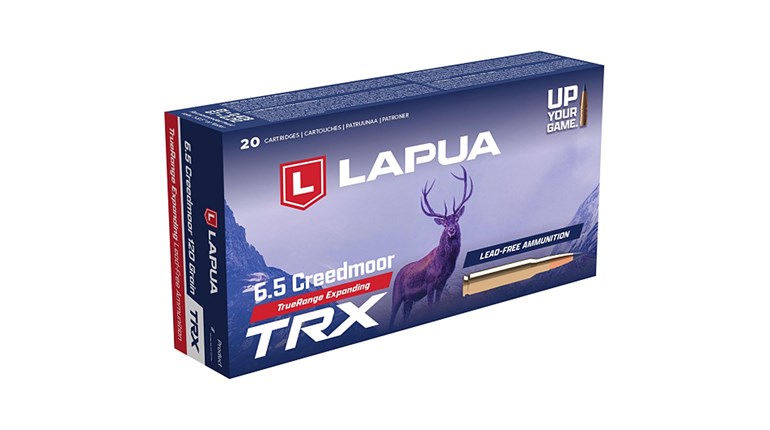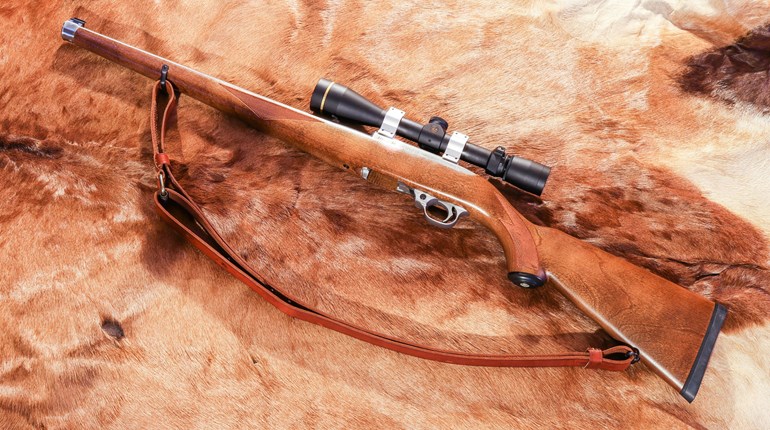
Among the myriad campfire discussions regarding the choice—and performance—of hunting cartridges, there are two words which have become a source of controversy over the last twenty years: “Six Five.” There was a time in the not-too-distant past, where very few hunters or shooters paid any attention to the 6.5mm cartridges. Despite the attempts by Winchester and Remington—with the .264 Winchester Magnum and 6.5 Remington Magnum, respectively—the bore diameter never really caught on here.
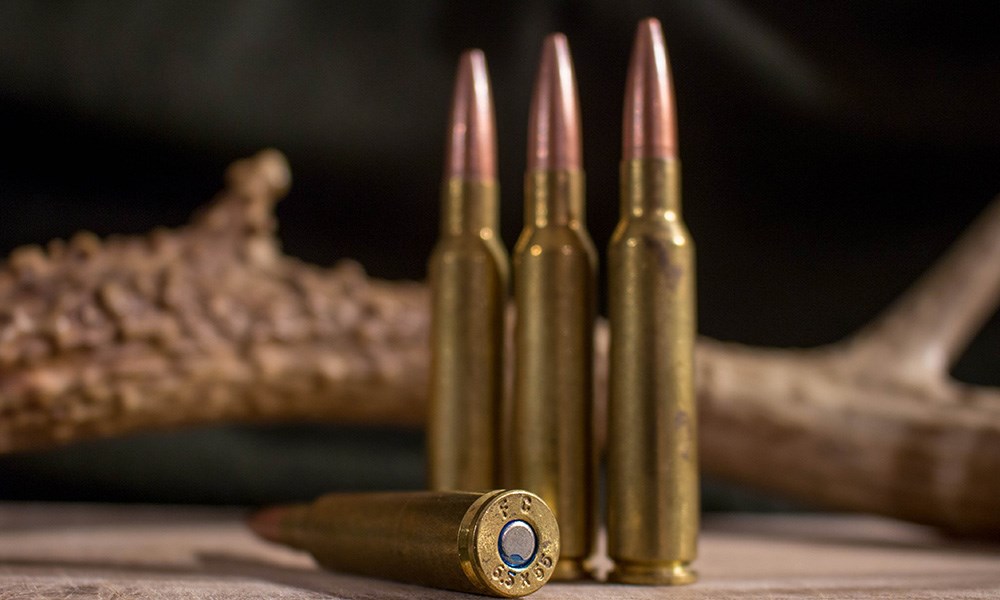
My first experience with the 6.5s was when a friend asked me to mount and zero a scope on his rifle—a 6.5x55 Swedish. He had sent along a couple of boxes of older Norma ammunition with 156-grain round nose softpoint ammo, and I was immediately intrigued by those long, lean bullets and lack of recoil. Looking into the ballistics, I couldn’t understand why the caliber wasn’t more popular. The .260 Remington was just a few years old at the time, and hadn’t really made huge waves yet, and the handful of .264 Winchester Magnums that were floating around were a rarity at best.
Fast forward fifteen years, and the 6.5 Creedmoor would be gaining a good head of steam, despite a relatively slow start. Garnering a following among the target crowd first, and ultimately among hunters, the Creedmoor seemed to bring the 6.5mm diameter to the masses, while the .260 Remington and 6.5-284 Norma just couldn’t achieve that level of popularity. Why would the Creedmoor gain acceptance, when we had such a similar level of performance in a cartridge released at the end of the 19th century? Let’s pit them against one another to find out.
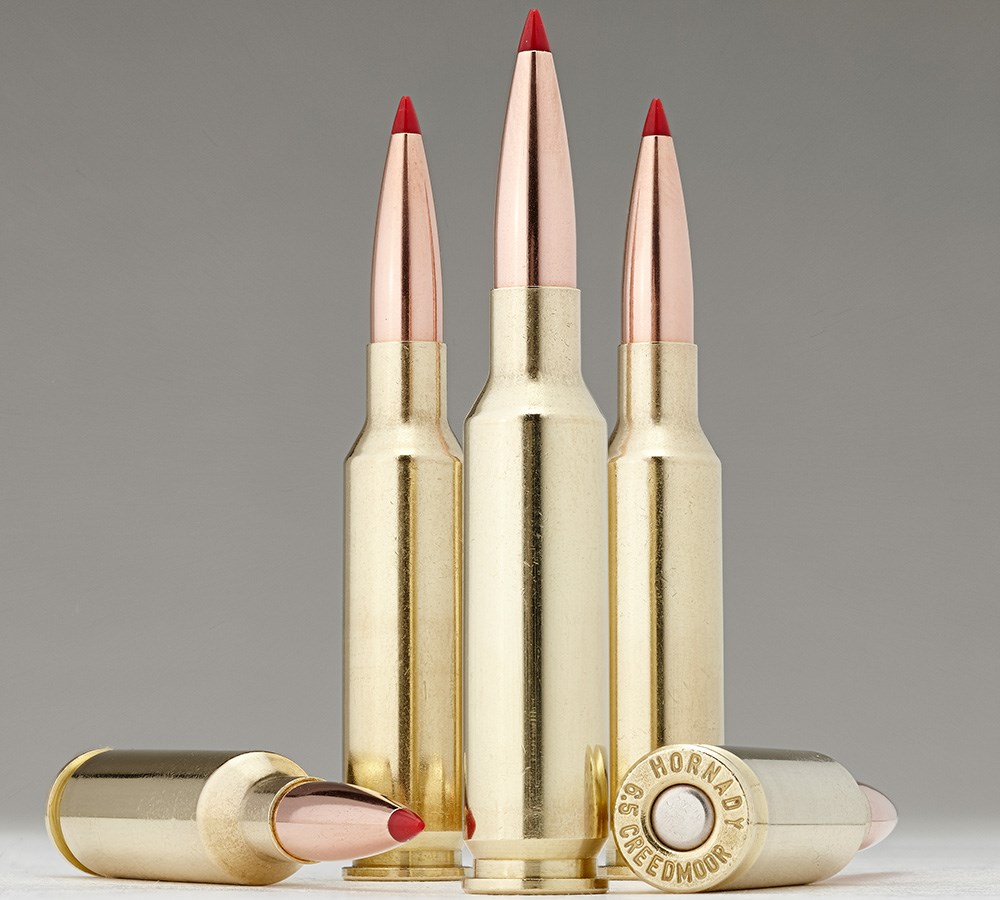
The 6.5x55 Swedish is a rimless cartridge with a case head diameter slightly larger than the 7mm and 8mm Mausers (0.479-inch vs. 0.473-inch), with a 25-degree, 17½-minute shoulder, and a case length of 55mm (2.165 inches). With a cartridge overall length of 3.150 inches (or 80.0mm), the 6.5x55 can be crammed into a short-action receiver, but is best served by a long-action. Introduced as a military cartridge simultaneously by Norway and Sweden in the 1890s after a series of military trials, the 6.5x55mm cartridge remains a very popular cartridge among the Scandinavian countries, being used for game species as large as European moose. You may find several names for this cartridge, including 6.5x55SE (the European CIP designation), 6.5x55 SKAN (in Scandinavia) and 6.5x55 Swedish Mauser; the SAAMI-approved name for the cartridge is 6.5x55 Swedish. Depending on the brand of ammunition, the 6.5x55mm will drive a 140-grain bullet to a muzzle velocity ranging from 2,500 fps to as high as 2,735 fps. Most of the major manufacturers have a load or two for the Swede, though some have become seasonal or are made in limited runs. Lapua offers a 155-grain load at 2,559 fps and Federal loads their 156-grain Fusion at 2500 fps, for those who appreciate the advantage of heavier projectiles. There are a good number of rifles available in 6.5x55, including the Tikka T3 and Sako 85, and over the years the Remington 700, Winchester 70 and Ruger No. 1 have all been chambered for the Swede.
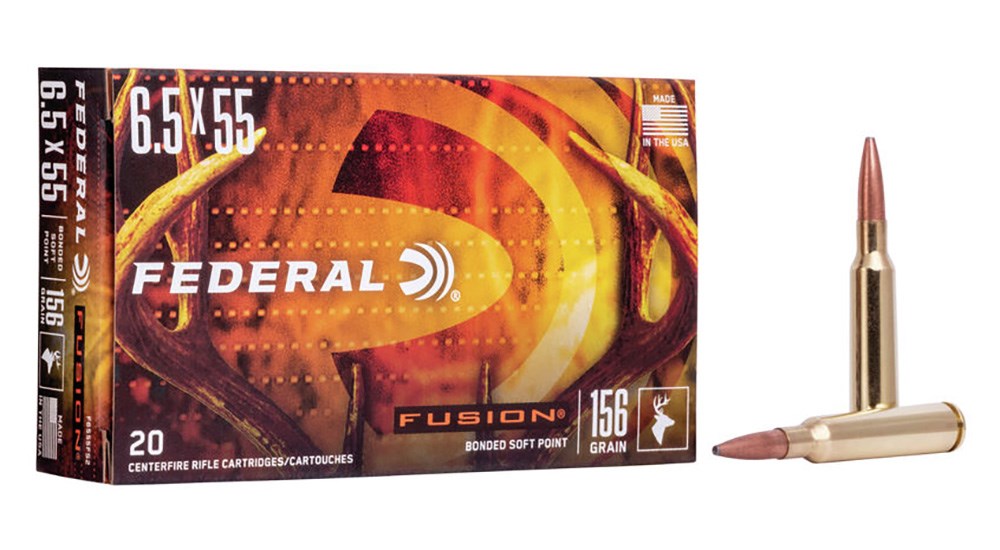
The 6.5 Creedmoor was developed by Hornady, and is the .30 T/C cartridge necked down to hold 6.5mm projectiles. Also a rimless cartridge, the Creedmoor uses a 30-degree shoulder for headspacing and a 1.920-inch case to allow longer bullets to be used in a standard short-action magazine. Developed as a long-range target cartridge, the high sectional density and ballistic coefficient of the 6.5mm bullets were certainly put to use with good effect, and though the Creedmoor didn’t exactly explode onto the scene, it became a buzzword by 2013 and 2014. Driving a 140-grain bullet to just over 2700 fps, the Creedmoor has all but knocked the .308 Winchester out of the spotlight among long range target shooters, and has developed a reputation as a sound hunting cartridge for game animals all the way up to elk and moose, though I feel there are better tools for the largest ungulates. The Creedmoor has been hailed by some as the “be-all-and-end-all” cartridge, capable of killing any game animal on earth, and well, that’s just not the truth. It is, undeniably, a great deer and antelope cartridge. It is perfectly suited for a short-action bolt rifle, as well as the AR-10 platform.
Almost all rifle manufacturers offer a gun chambered for 6.5 Creedmoor, even down to the lever-actions like the Henry Long Ranger. If you were looking for a rifle to do double duty as a hunting gun and a long range target rifle, the 6.5 Creedmoor is a perfectly sensible choice. Recoil is minimal, and that is also another of the Creedmoor’s appeal.
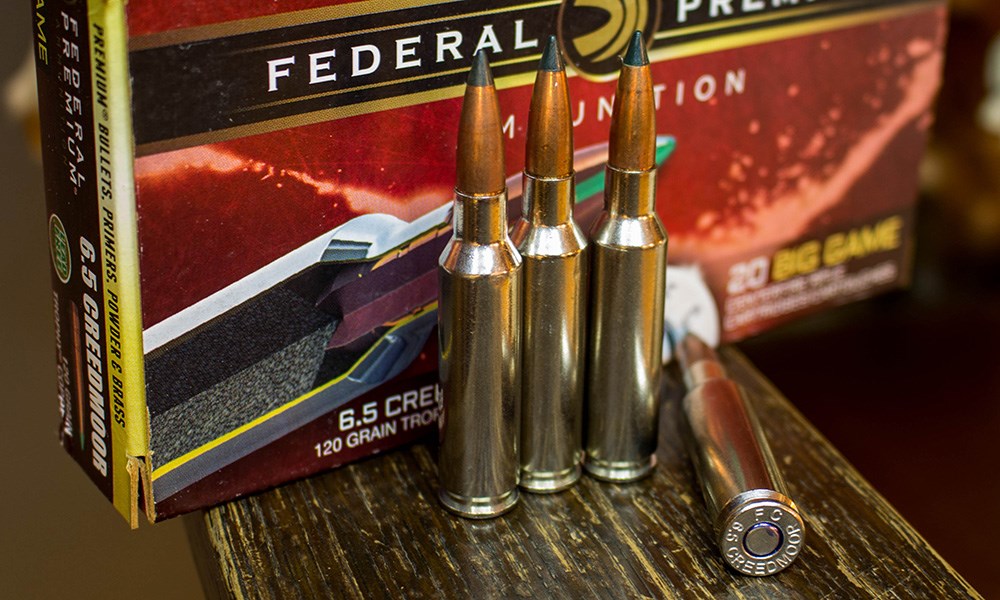
How do the two compare? Well, in deference to the older firearms, I feel the 6.5x55 Swedish suffers from the same fate as the 7x57 and 8x57 Mauser, in that much of the factory ammunition isn’t loaded to its full potential. When it is loaded properly—as in the Hornady Superformance line—it is fully the equal of the much more modern 6.5 Creedmoor. I feel that the 155- and 156-grain bullets, like the Lapua Mega and Norma Oryx, actually extend the versatility of the 6.5x55 Swedish, and can give it a slight advantage over the Creedmoor. Where the Creedmoor does have an advantage is in the sheer availability of the ammunition. There is a wide selection of hunting bullets, ranging from 120 to 143 grains, and of various construction methods. From the Hornady ELD-X to Federal’s Fusion and Terminal Ascent, to Nosler’s AccuBond and Barnes’ LRX, the hunter has plenty to choose from. Sadly, the same cannot be said for the 6.5x55 Swedish; the bullets are there, but the production numbers are not.
So with very similar velocities—the Creedmoor has a slight advantage—and comparable bullet weights, though the Swedish has some heavier offerings, who gets the nod? Were it not for the sheer availability of the Creedmoor rifles and ammunition, I would call this a draw; the performance is just too similar to say one is the more advantageous design. I actually prefer the 6.5x55 Swedish, primarily from a reloader’s point of view, as there is a bit more room in the case. But I’m pretty sure there isn’t a game animal which could ever tell the difference between the two cartridges. In this one, the Creedmoor—probably due to some excellent marketing on the part of Hornady—wins out; the wide selection of available factory ammo and premium hunting projectiles gives it the edge.
Looking for previous installments of our "Head to Head" series? Click here.













